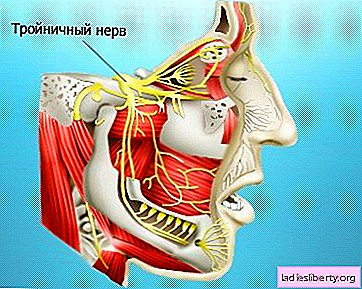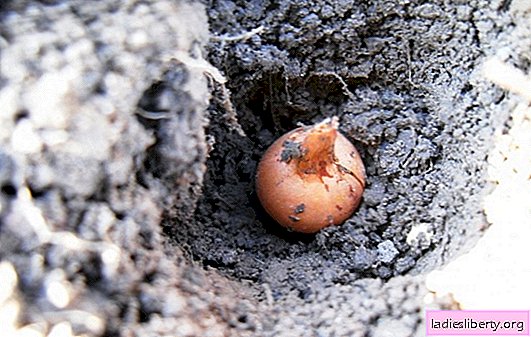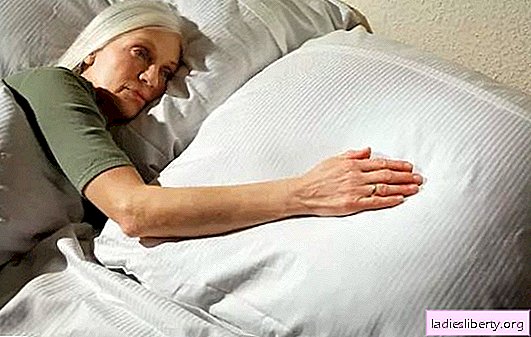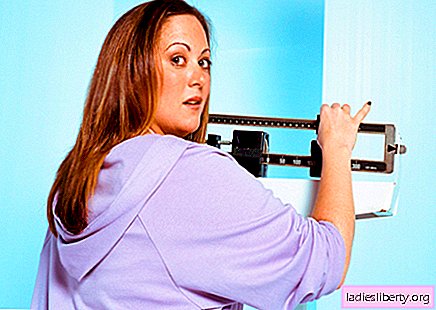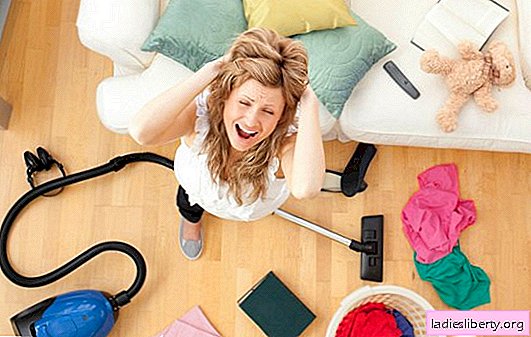
The house should serve as a refuge where you can relax from the dangers of the outside world. Unfortunately, often the opposite is true. Problems may lie in wait in your home, but much worse is that they cannot even be seen.
If you have headaches, trouble breathing, or digestive upsets, make sure these conditions are not caused by the following adverse factors.
Mold
Mold and its spores are found in almost any climate around the world. But in a warm, humid environment, such as is installed in the bathroom, laundry room and basement, spores can grow and multiply, creating entire colonies and presenting a huge danger to health. Most types of mold found in residential areas grow on the surface of contaminated objects and things, while others, such as black or green mold, penetrate the structure of the walls and ceilings of the house, destroying them.
All types of mold are irritants to the respiratory system and can cause serious health problems in people with weakened immune systems. That is why it is necessary to inspect even unused living quarters, and in the case of foci of mold, to immediately eliminate them.
Air conditioning and heating
In an effort to make the house more comfortable, many people install air conditioners. Considering that modern houses are insulated with high-quality insulating materials, their own microclimate is created in the house. This has a nice effect on the wallet, but can be dangerous to health, especially for people with respiratory diseases.
Air conditioners do not draw air outside from the inside of the room and do not change it to fresh - they simply filter it by cooling and removing some of the dust. At the same time, they are unable to remove the suspension of cigarette combustion products, gas, chemicals, and carbon monoxide floating in the air. In many homes, indoor air can be more polluted than outdoor air because of this.
Even serviceable stoves and fireplaces at least a little, but emit carbon monoxide into the room. It is an irritant to the human respiratory system.
In the event of severe smoke, a person may lose consciousness and even die. It is important to monitor the condition of stoves and fireplaces, and if cracks have appeared on them or a chimney has clogged, it is imperative to call a chimney sweep or stove stove.
How to improve the air quality in the house:
- ventilate the room;
- use cooker hood;
- limit the use of toxic cleaning products;
- prohibit smoking in any type of premises;
- install a split system.
Bathroom
Bathrooms are small spaces in which high air temperature and high humidity are constantly maintained. This contributes to the growth of mold and pathogenic bacteria. Health hazards lurk on almost every surface and even in the air. The sink, toilet bowl and floors are considered the most polluted, but mold and microbes can also live on personal hygiene products and cleaning products: soap, shampoo bottles, washcloths.
In addition to them, a health hazard is:
- Incorrect machine and hand wash. They remove only dirt from things and leave bacteria.
- Cross contamination from sharing towels and bath mats. It is through them that fungal and bacterial diseases are often transmitted.
- Use strong cleaning chemicals. They can enter the body from surfaces or through the respiratory tract.
Living room
The living room is a meeting place with family members and guests. There we have a snack every day, play with pets, relax watching TV. But besides our guests and relatives, there comes dirt, and with it bacteria and viruses.
One of the biggest sources of dirt in the living room is the remote control. Does everyone use clean hands? Many pathogenic bacteria and viruses settle on its surface. You need to clean the remote control at least once a week.
Another big problem is external pollutants and dust. If everyone entering the living room before that takes off their shoes in the hallway, this will reduce the amount of dirt introduced. To solve the problem, you should take care of buying an ozone disinfector and regularly clean the room.
Bedroom
We retire to the bedroom to rest and regain our strength. Unfortunately, even in it one can be exposed to dangers that will affect not only sleep, but also health.
The biggest culprit is bed. Pillows and mattresses, if not cleaned properly, are covered with particles of our epithelium. They are good food for breeding dust mites. These parasites can cause an acute allergic reaction. Sheets that are not washed for a long time contain a large amount of bacteria, such as salmonella and E. coli. They can cause salmonellosis and dysentery.
Food Processing
Alimentary tract diseases are among the most common health hazards in our lives. Usually the consequences are manifested in the form of vomiting, diarrhea and abdominal pain, but they can cause serious problems or even death.
Most problems arise with improper cooking: improper storage temperature, insufficient cooking temperature and eating dirty vegetables.
Kitchenware
Sinks and drain holes during irregular cleaning become seedlings of bacteria. They must be regularly disinfected even if there is no dirt on their surfaces.
Each time you use a cutting board, microscopic cuts form on it, which can serve as a refuge for the bacteria. You need to use separate boards for cutting vegetables, fruits, bakery products and meat products.
Even the cleaning products you use can do more harm than good. Sponges and dishcloths can contain Salmonella and E. coli, and using them we often spread bacteria. It is necessary to wash them correctly and often.
Pantry
Storage in a closet or closet of solvents, paints, pesticides affects the health of those living in the house. Chemicals that damage containers or leave them open can react with air and cause poisoning. Any containers with chemicals should be stored in a ventilated area that does not adjoin living quarters.
Communications
If your house is old, you should find out what material the pipeline is made to provide it with water. Metal over time become rusty. Such water will cause health problems over time.
In houses built before 1972, vinyl floors often contain asbestos. This material has been banned during construction work in Europe since the mid-1970s. If the tile is in good shape and does not crumble, this is not particularly dangerous. If the tile is damaged, you do not need to try to remove it yourself. Asbestos dust during inept actions will rise into the air and fall into the lungs - and this is harmful to health. It is better to call professional builders.
Carpets
Carpets decorating a bedroom or living room are a source of dust and bacteria. Being in a room with them contributes to allergies.
New carpets can do even more harm. They can emit volatile organic compounds, such as formaldehyde, a chemical that causes breathing problems and nosebleeds.

